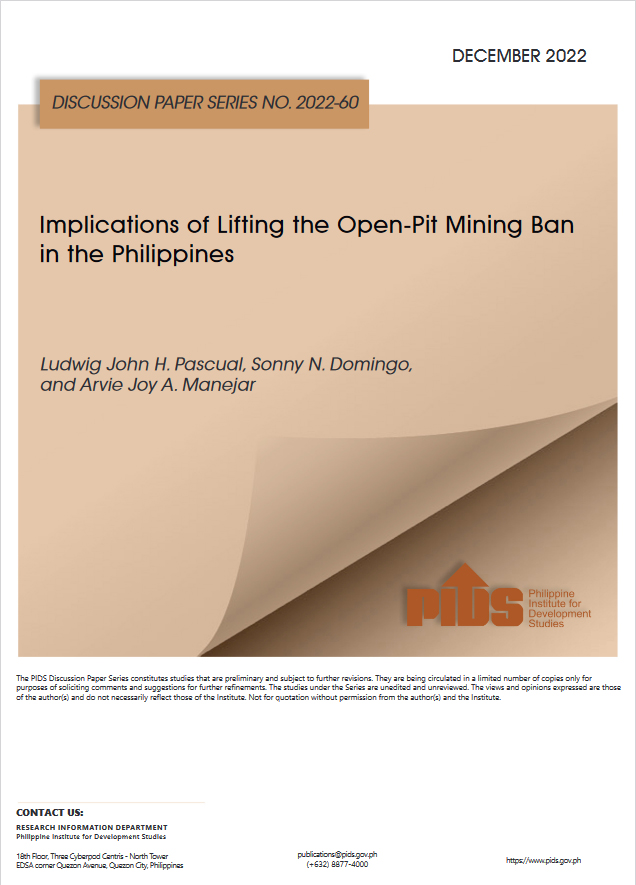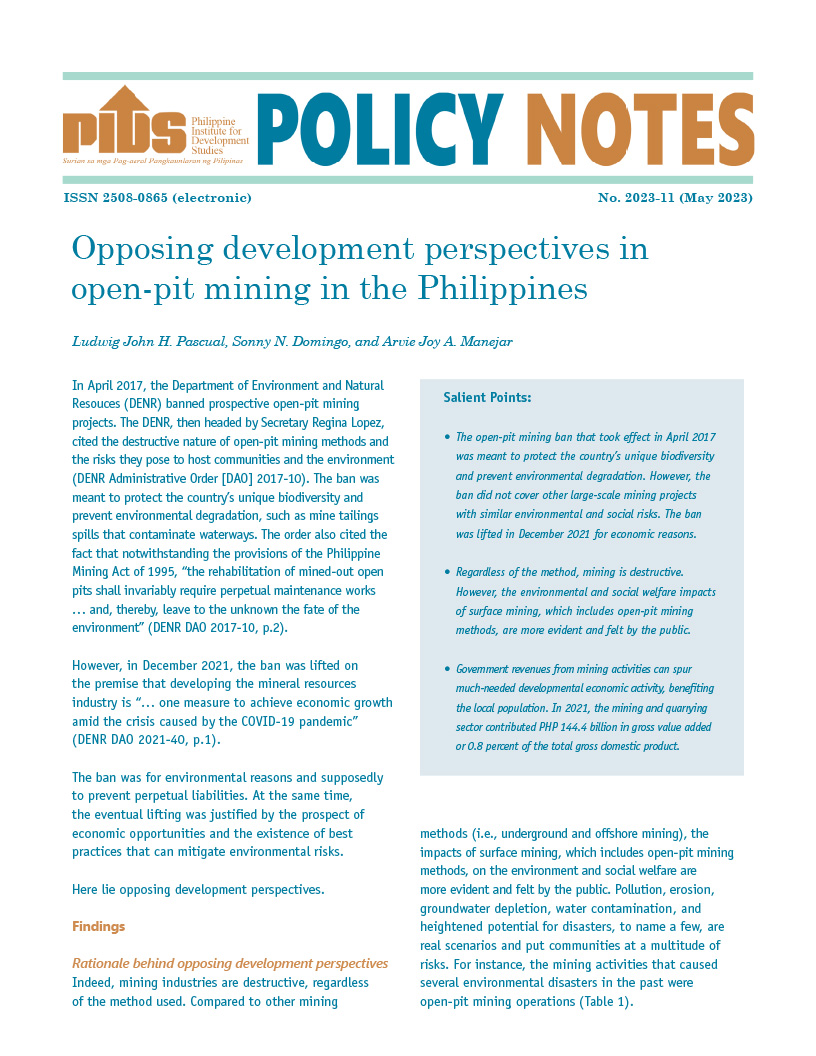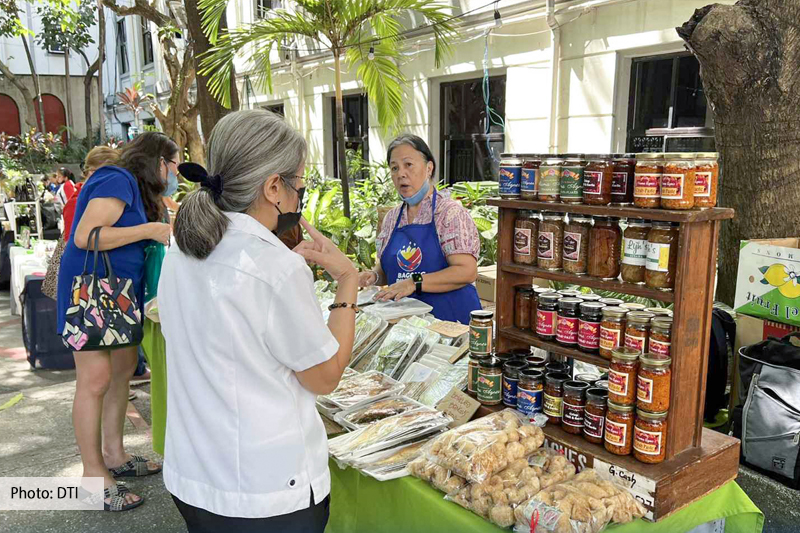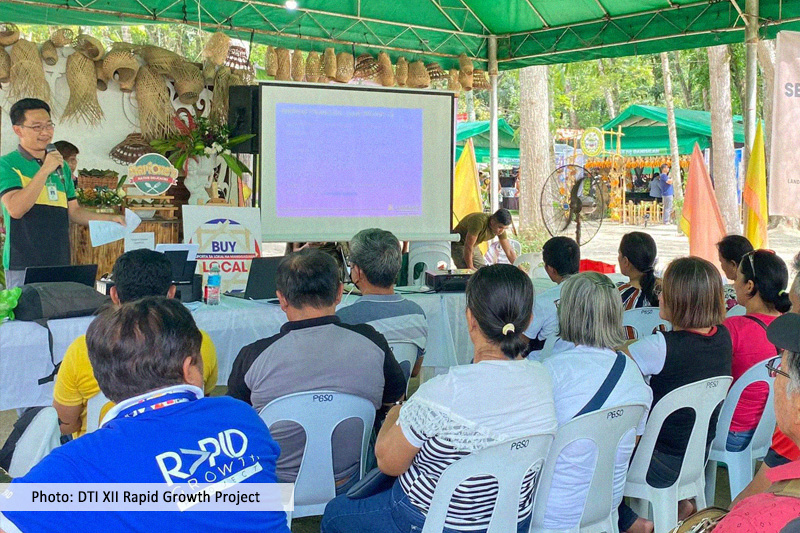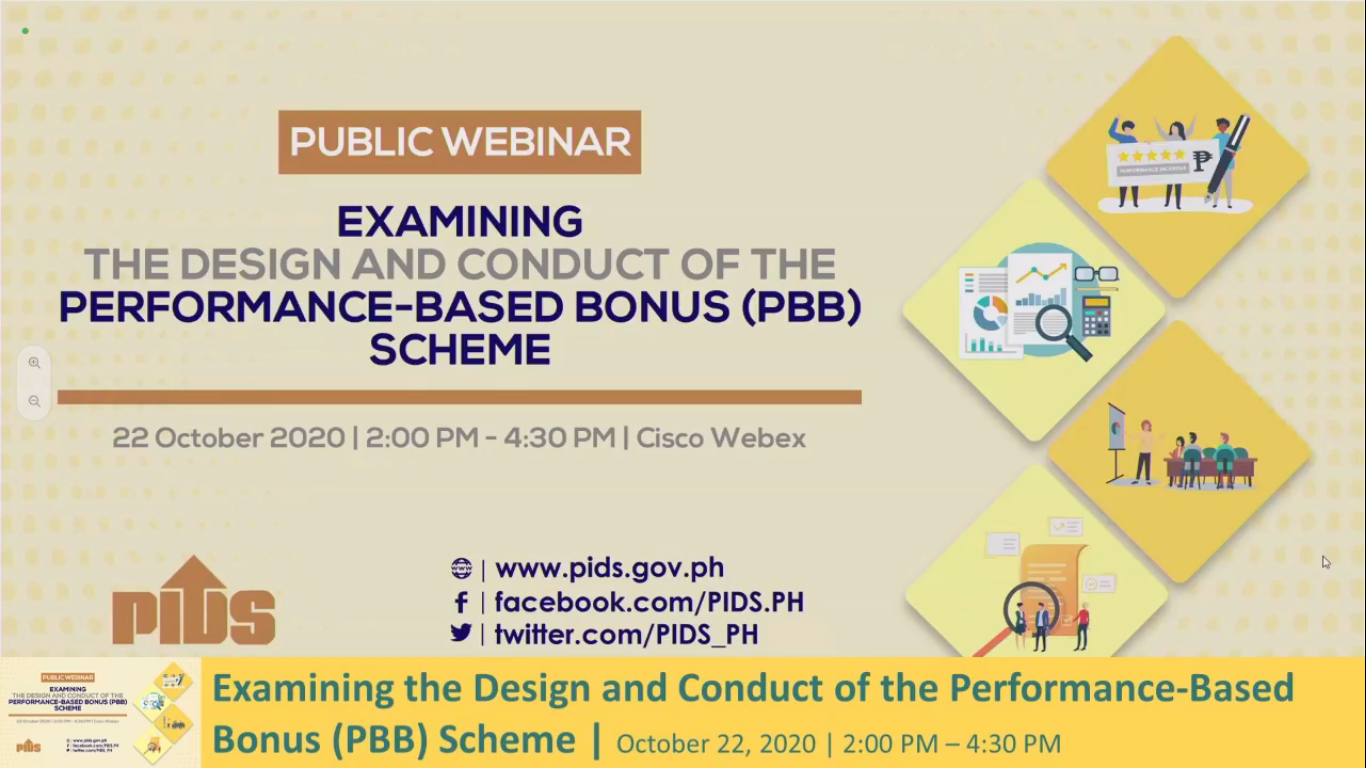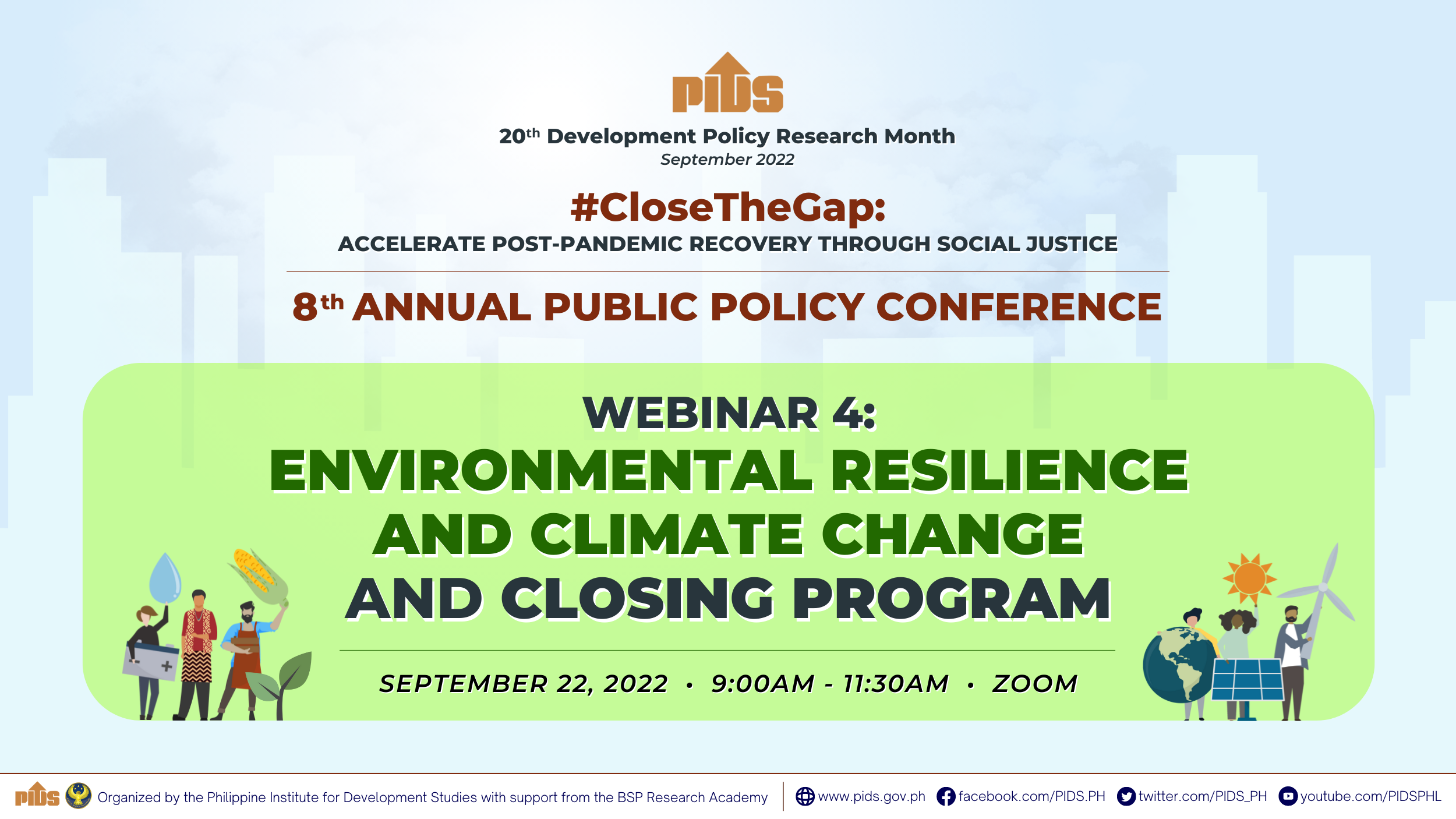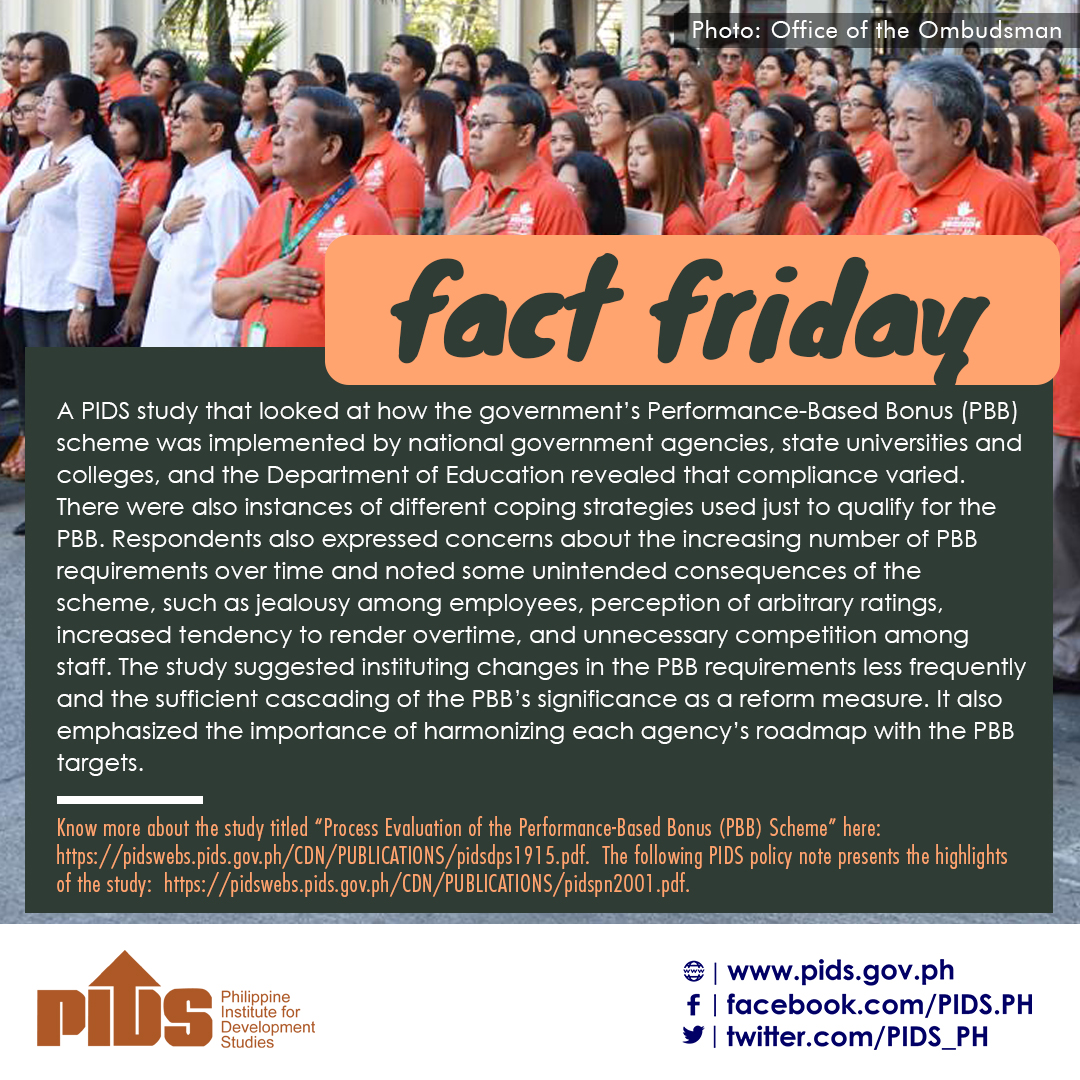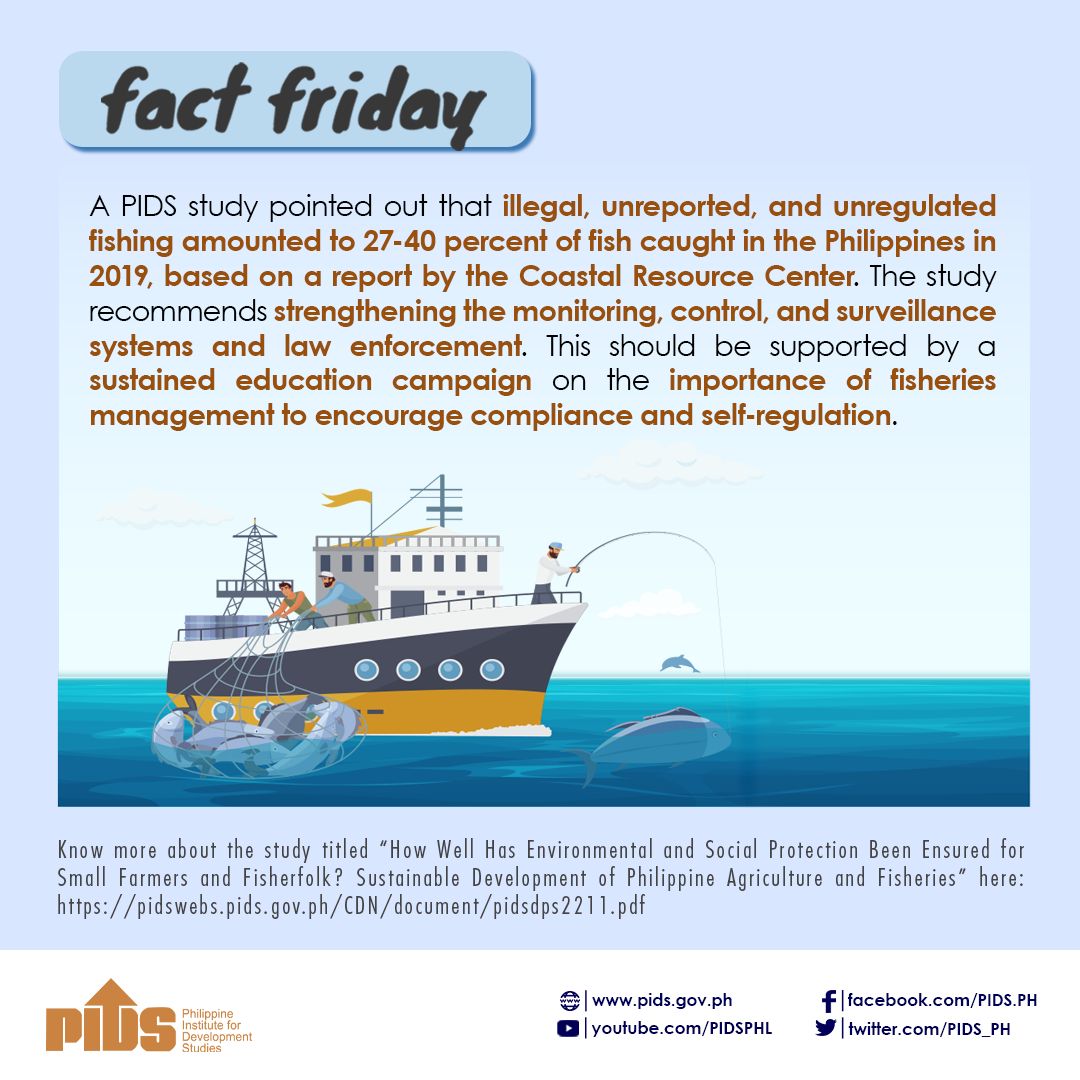A MAJOR watershed in Mindanao is being eyed for the implementation of Payment for Ecosystem Services (PES), an incentive mechanism designed to strengthen management of natural resources and ecosystems that provide goods and services to the public and key industries.
The Libungan Watershed, a 52,820-hectare located in Cotabato province is being considered for PES to encourage the efficient and sustainable use of the resources that are being provided by the watershed and its surrounding areas.
A watershed is described as an area of land that contains common set of streams and rivers that drain into a single larger body of water. The Libungan Watershed is home to eco-tourism sites and two river irrigation systems (RIS) that provide water to 9,255 hectares of rice lands, a major crop that drive economic growth in the province.
The towns of Pigcawayan, Aleosan, Libungan, Midsayap, Alamada, Pikit and Banisilan, which have formed into an alliance of local government units called PALMA + PB will directly participate in the proposed PES and oversee the implementation of the mechanism.
"The idea of subjecting Libungan Watershed to PES has met a positive response from respondents," said Dr. Carmelita Martinez, PES consultant of the Mindanao Development Authority (Minda).
During the recently concluded 1st Mindanao Policy Research Forum held at the Insular Waterfront Hotel here in this city, Dr. Martinez presented "Developing PES Mechanism with River Basin Organization (RBOs) in Mindanao” which highlighted the result of a pilot study on PES for the Libungan Watershed commissioned by Minda.
The forum was co-organized by Minda and the Philippine Institute for Development Studies (Pids).
Dr. Martinez said "the pilot study revealed that 92 percent of respondents are willing to pay for the protection of Libungan Watershed," while adding "those who cannot pay have expressed willingness to volunteer their time in any protection and conservation project."
In the implementation of PES, the farmers or landowners who have agreed to manage natural resources such as forests, watersheds, rivers, and streams are given incentive payments for rendering ecological services such as replanting of trees and ensuring the survival of the trees planted. Payments are made by the beneficiaries of the environmental services such water users, companies that benefit irrigation systems and industry stakeholders.
The PES mechanism is also seen to enhance the protection of biodiversity that provide environmental goods such as food, freshwater, fuel, fiber and other natural resources that are used as inputs to the production process that help move the economy.
"PES is a market-based mechanism that will employ practical approaches and is not a program designed to reduce poverty," said Martinez while explaining "that PES is an economic incentive to foster more efficient and sustainable use of ecosystem services provided by the natural environment."
She added that well-functioning ecosystems provide services that are crucial to human survival such as clean air, pest and disease control, carbon sequestration and storage, controlled greenhouse gases, productive soil, and power sources.//


